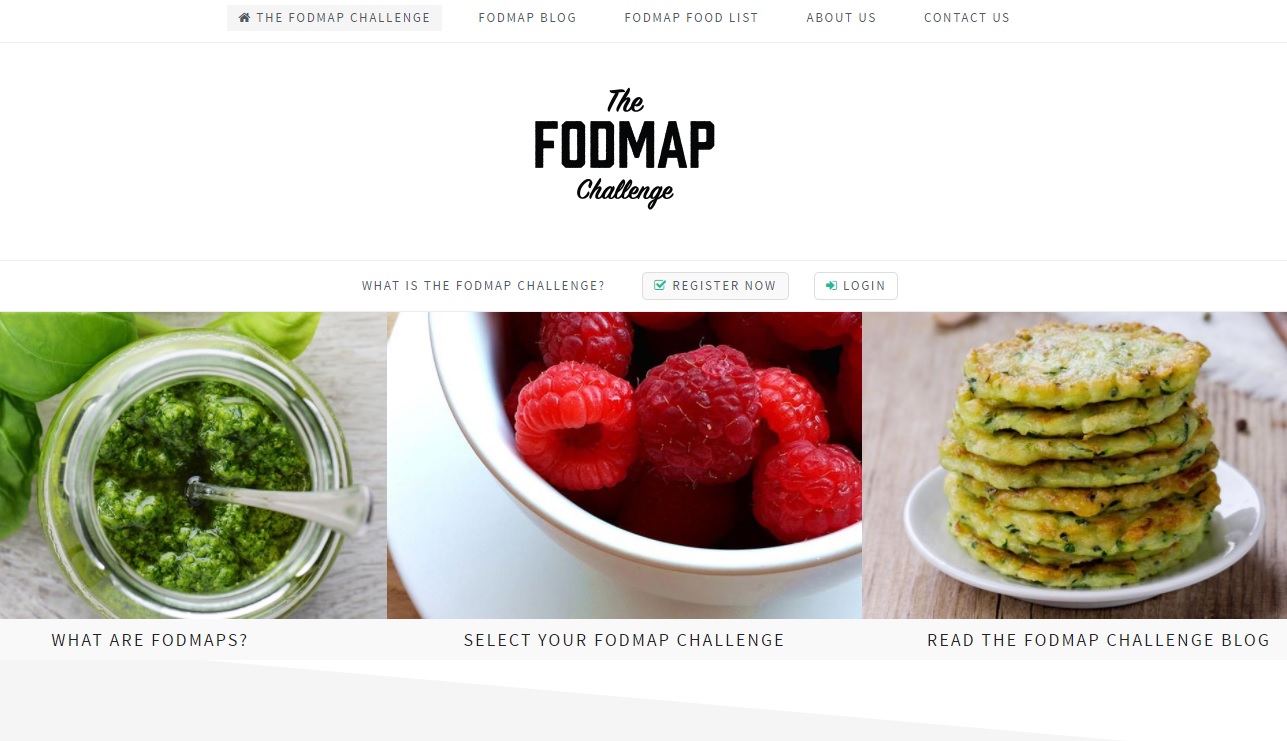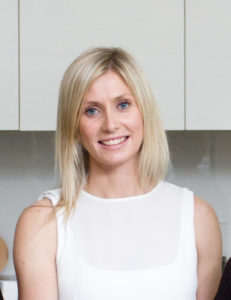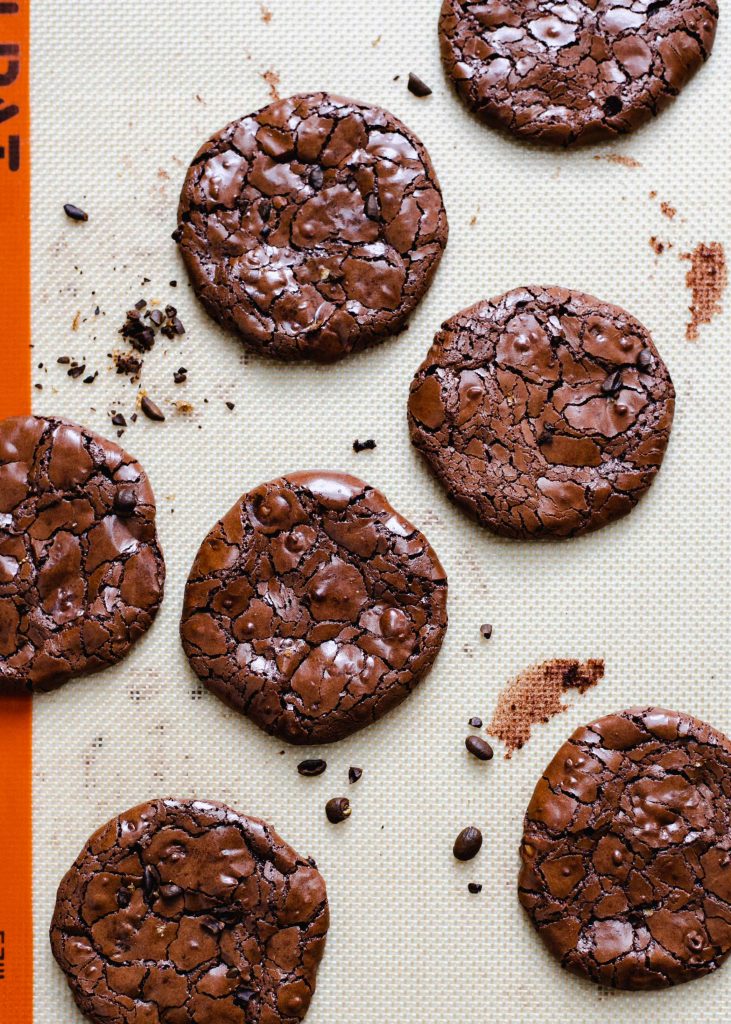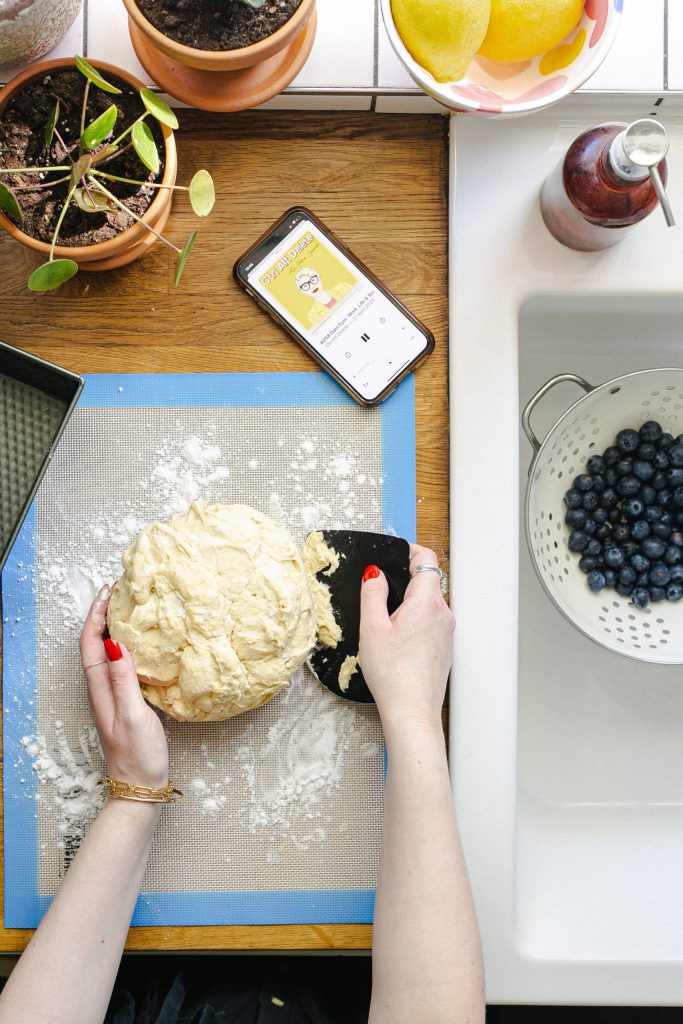 Most of us are familiar with the importance of removing high FODMAP foods from our diets in order to manage symptoms, but quite often there is little attention placed on reintroducing them for long term health. I asked Chloe McLeod, director of the online program ‘The FODMAP Challenge’ (which aims to give people a helping hand to determine the triggers of their IBS), to help clue us up on the subject.
Most of us are familiar with the importance of removing high FODMAP foods from our diets in order to manage symptoms, but quite often there is little attention placed on reintroducing them for long term health. I asked Chloe McLeod, director of the online program ‘The FODMAP Challenge’ (which aims to give people a helping hand to determine the triggers of their IBS), to help clue us up on the subject.
Over to you Chloe!
Why would I reintroduce high FODMAP foods?
A common comment I get from clients is that they don’t want, or are afraid, to reintroduce high FODMAP foods. This is usually because they’ve been feeling so good not having them in their diets. So why reintroduce high FODMAP foods? Here are the top 3 reasons:
- Many high FODMAP foods, especially those high in fructans and galacto-oligosaccharides(GOS) contain prebiotic compounds. Long term avoidance of these has a significant impact on the microbiome. Whilst research is yet to confirm the clinical significance of this, reintroduction of small quantities of high FODMAP prebiotic foods is recommended.
- Sticking to a strict low FODMAP diet makes it harder to achieve nutritional adequacy, and restricts variety of foods consumed.
- Knowing which FODMAPs are triggers for you makes life easier. For example, eating out is less difficult, as knowledge around which foods are triggers, and as such, which foods you may want to avoid, and include makes life so much easier.
- You now have the knowledge to establish the best eating pattern for YOU, to help with management of your IBS, but with less dietary restrictions than when in the elimination and challenge phases.
 So how to reintroduce?
So how to reintroduce?
It’s recommended to start with a strict low FODMAP diet, using it as a diagnostic tool. Then, moving through a series of food challenges is essential to help determine which FODMAPs are your triggers. Most people aren’t intolerant to all types of FODMAP. For example, when we challenge lactose, we include milk and/or yoghurt for a number of days and see if symptoms return.
Once all challenges are completed, we then start to reintroduce first the foods from the groups that were not a problem, then the foods from the groups that were, in small quantities.
It is recommended to undertake this process with assistance of an experienced dietitian, as it can be a little tricky to manage! An easy way to do this is by signing up to The FODMAP Challenge, which is run by experienced dietitians, to make the journey to better quality of life as simple as possible.
A little bit more about The FODMAP Challenge
The FODMAP Challenge is an online program to help determine IBS triggers. Over 12 weeks, elimination of high FODMAP foods, then a series of food challenges is undertaken. There are now three types of program, to suit all needs and budgets. The Independent Package, which can be started at any time, and is done with minimal support (for those who prefer a DIY style approach); The Original Package, which has a set start date, and also includes support via a private Facebook group, weekly live chats and a goodie box, and The Whole Package, which has all the features of the Original Package, but includes up to five one on one skype or phone consults as well. Each course includes meal plans, recipes, detailed instructions and weekly activities and/or check ins (to keep you on track). The next course starts today, May 12th – so sign up today! You’ll also get a 10% discount if you use the code ‘shecanteatwhat10’!
Chloe McLeod is an Accredited Practicing Dietitian and Sports Dietitian. Her key areas of specialty are in IBS and food intolerance, along with sports nutrition and nutrition for arthritis and inflammatory joint disease.
If you’d like to learn more about FODMAPs, head here, or subscribe here to download a free list of high and low FODMAP foods, and for weekly updates on all things gut health! You can follow Chloe on Instagram, Twitter and Facebook.
Images: Chloe McLeod






